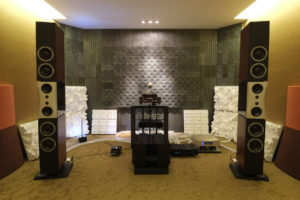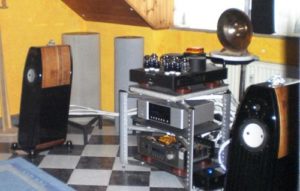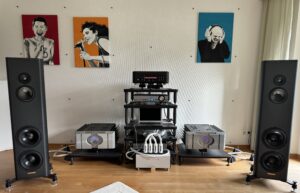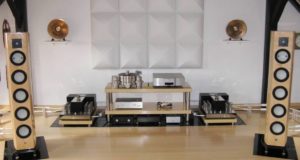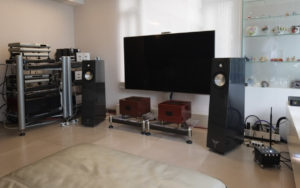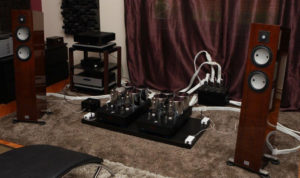"Since the launch of the Schnerzinger X series of cables, I have been so convinced of their musical qualities that Schnerzinger has been a set 'regular' since that time.
Vor einiger Zeit habe ich mich entschlossen, mein Anlagensetup nochmals komplett umzustellen – natürlich mit den Ziel einer weiteren substanziellen klanglichen Verbesserung. Da ich mir mit diesem Vorhaben sehr hohe Ziele gesteckt hatte, empfahl mir Hr. Klocke, Schnerzinger, unbedingt auf die (damals) neue RESOLUTION Line zu gehen. Diesem Rat bin ich gefolgt und er erwies sich als goldrichtig.
Vor der kompletten Umstellung auf die RESOLUTION-Serie hatte ich noch eine Mischung aus X- und EXTREME TS-LINE – Kabeln. Als ich als erstes das LS-Kabel durch das Resolution ersetzte, war das Ergebnis erstmal unerwartet und ein kleiner Schock: Obwohl als Analogkabel ein EXTREME-TS (gleicher Güteklasse) diente, zeigte die Kombination schon mit den ersten Takten dass das EXTREME hinsichtlich Auflösung, Schnelligkeit und Bandbreite mit dem RESOLUTION höchstens ansatzweise mithalten konnte.
It was clear:
At least as far as the chain of signal cables is concerned, I think RESOLUTION should be used throughout. With the power cables, the RESOLUTION cables seemed to me to be somewhat more 'merciful'. However, in my experience the following also applies here
A cabling with RESOLUTION will show its full potential only when the cabling consists completely of RESOLUTION (incl. power distribution)
If this is the case - and the rest of the system also offers the cables the necessary room for development (I believe there are no upper limits here) - a sonic revelation opens up for the listener. One is immersed in a new musical world as I would never have thought possible."
Jürgen D.


